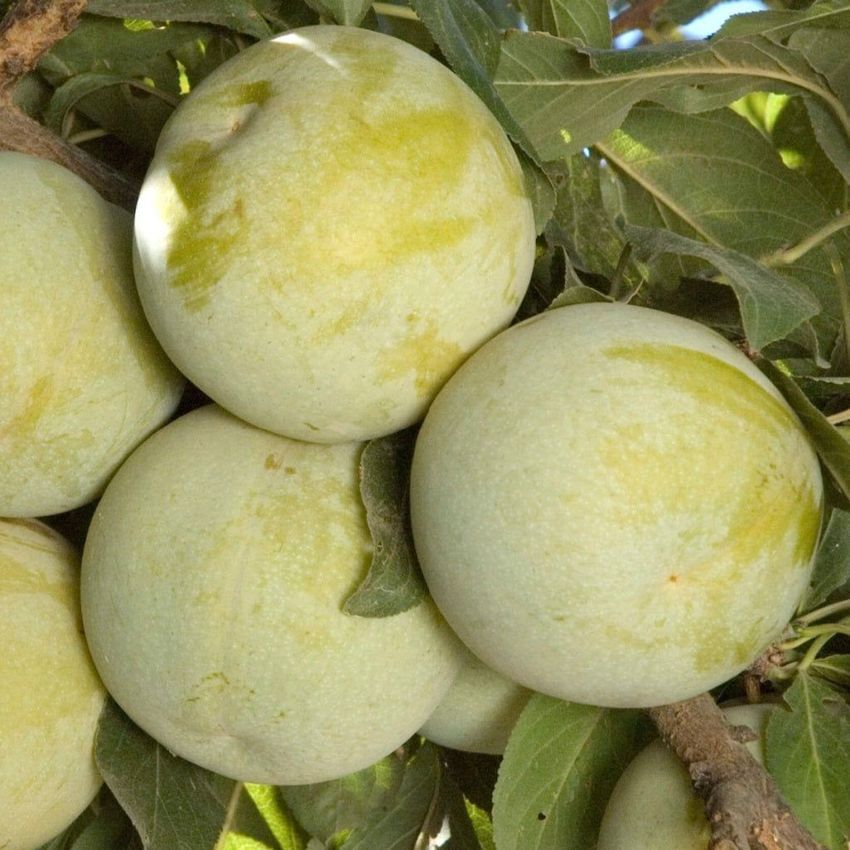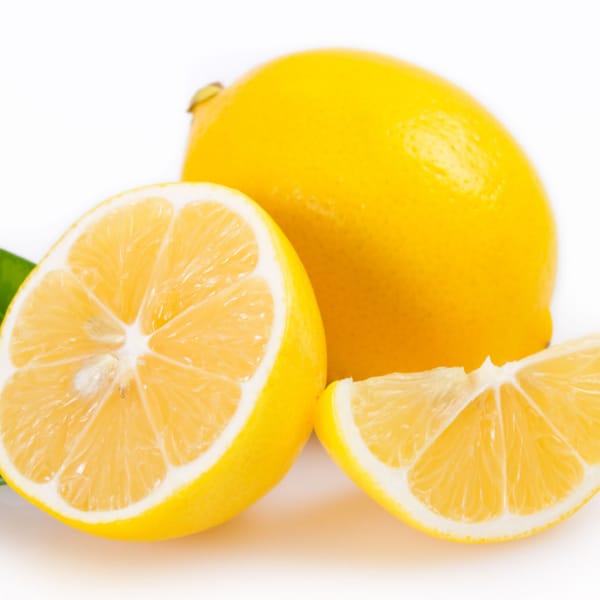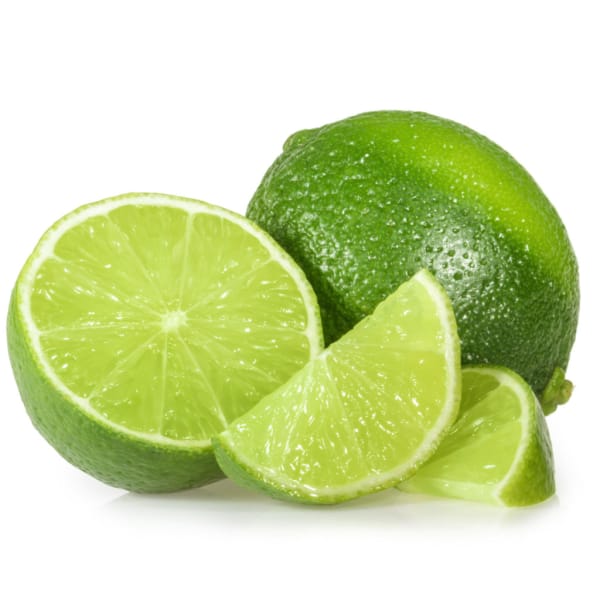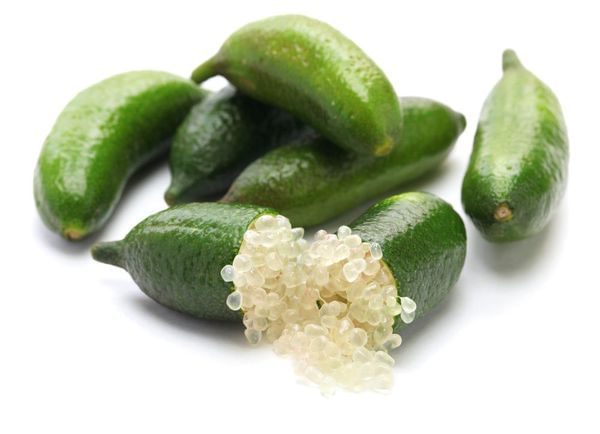Prune the canopy of your tree at this time. The goal here is to have a canopy that is roughly as large as your
root mass. By balancing the root mass with the canopy, you will see much less dieback on your branches
and a higher success rate with your new tree. If you want the fruiting wood to begin low, smaller trees may
be cut back at planting time to a height as low as the knee (15-20 inches). Any remaining side limbs should
be cut back to one or two buds. Larger trees may be cut above existing well-placed low limbs, or they too
may be cut back low to force new, lower limbs. If this step is skipped, you will likely see low vigor from the
first season, dieback from these long branches, or even complete failure to break dormancy.
Protect the trunk of your tree from sunburn, pests, and insects with IV Organics Plant Guard tree paint and
foliar spray. Paint your newly planted tree from the ground up. This step is particularly important for our
growers in the southwest where the climate and the intense sun tends to damage trees.
Spread 3"- 5” of wood chips or straw over the bare ground. Keep mulch away from the trunk to prevent the
trunk from rotting. This insulating blanket will keep the roots of the trees warm and growing and prevent
freezing and thawing of the soil. It will also keep the roots of the trees cool and moist through summer.
Stake trees that stand over 3' tall or in very windy areas for at least a year until their roots grab a firm hold of
the soil. Tie the trunk to one or two stakes set beside the tree, using some soft material or padded wire.
Allow for some movement of the trunk.
Keep your circle of mulch weed-free for at least a few years, adding more mulch as needed.
With proper planting and care, new buds will soon push out and your tree will start its journey!
If your tree does not break dormancy by May, you will want to check for signs of life on your tree. One of the
best ways to determine if a tree or any plant is dead is the scratch test. With your nail, gently scratch off the
top layer in a small spot on a branch or on the trunk. Just beneath the dry, outer layer of bark in a tree's
trunk lies the cambium that transfers nutrients throughout the tree. In a living tree, this is green; in a dead
tree, it is brown and dry.
If the tree is green and still living, stop watering for the next 14 days. Bare root trees have no leaves and no
way to expel excess water. If your tree is dead or does not push after 14 days, contact your grower for more
guidance.







